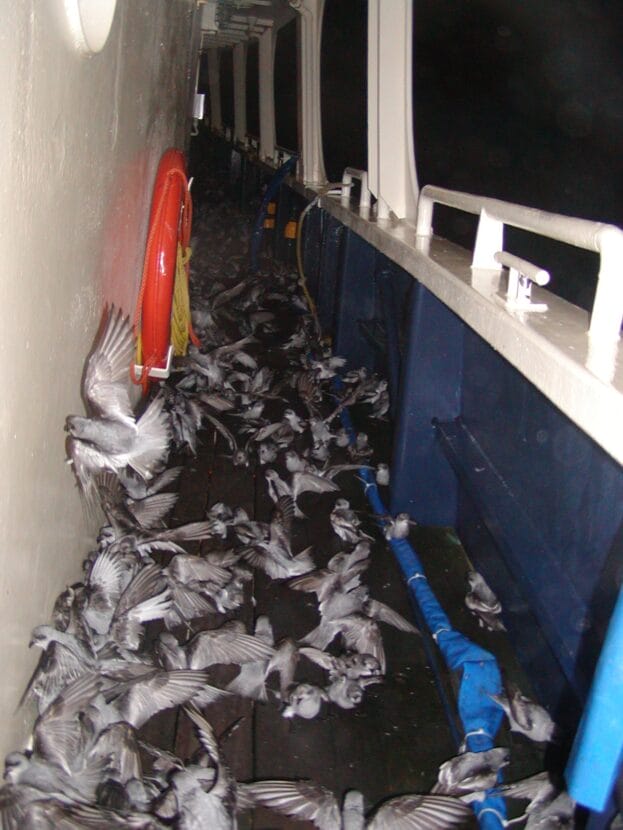 A bird storm of Fork-tailed Storm Petrels Hydrobates furcatus strikes the R/V Tiĝlax̂ near Kasatochi Island in 2003, photograph by Jeff Williams, USFWS
A bird storm of Fork-tailed Storm Petrels Hydrobates furcatus strikes the R/V Tiĝlax̂ near Kasatochi Island in 2003, photograph by Jeff Williams, USFWS
Kelly Kapsar (Department of Fisheries and Wildlife, Michigan State University, East Lansing, Michigan, USA) and colleagues have published open access in the journal Conservation Biology on seabird-vessel interaction risk, notably from light pollution in Alaskan waters. Taxa affected included Ardenna shearwaters, Northern Fulmars Fulmarus glacialis and storm petrels.
The paper’s abstract follows:
“Alaska's seascape supports globally significant seabird populations, including vulnerable and threatened species, and hosts economically important commercial fisheries and marine transportation corridors. Seasonal patterns of seabird movements and vessel traffic create a complex landscape of risk, defined as high levels of co-occurrence (overlap) between seabirds and vessels. Areas of high overlap increase risk of detrimental impacts, such as exposure to artificial light from ships, bycatch, behavioral disturbance, collision, and oil spills. To investigate this risk landscape, we combined satellite-based automatic identification system (AIS) vessel traffic data (2015–2022) with at-sea, ship-based seabird observation data from the North Pacific Pelagic Seabird Database (2006–2022). We used these data to analyze seabird–vessel overlap from June through August (summer) and September through November (fall). Presence of both vessels and birds was highest in summer, presenting a greater overall exposure of seabirds to vessel-related impacts than in fall. This risk in both seasons was associated with vessel traffic corridors, such as Unimak Pass and the Bering Strait. When only nighttime vessel traffic was considered, risk of disturbance or interaction was higher in fall than in summer north of ∼60° N latitude. Across seasons, regions of highest risk varied by focal taxonomic group. Aethia auklets were most exposed in the northern Bering and Chukchi Seas, and Ardenna shearwaters and northern fulmars (Fulmarus glacialis) were most exposed in Unimak Pass. Overall, our findings provide an essential foundation for management decision-making to reduce risk of vessel-related injury, contamination, disturbance, displacement, and mortality for marine birds and other wildlife. The heterogeneous distribution of risk across taxa and the persistent spatial concentration of high-risk areas together require targeted, area-based mitigation approaches for effective conservation.”
Read a popular article on the publication and view the many previous ACAP Latest News articles on light pollution affecting seabirds, both at sea and on land
Reference:
Kapsar, K., Sullender, B.K. & Kuletz, K.A. 2025. A multiscale seasonal examination of the risk of harm to seabirds from vessels based on co-occurrence in Alaskan waters. Conservation Biology doi.org/10.1111/cobi.70115.
John Cooper, Emeritus Information Officer, Agreement on the Conservation of Albatrosses and Petrels, 31 October 2025
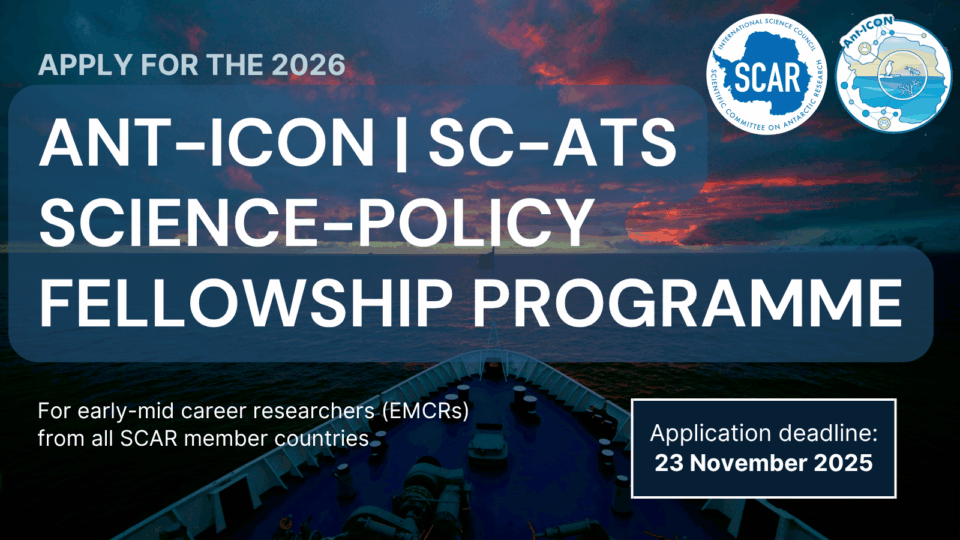

 English
English  Français
Français  Español
Español 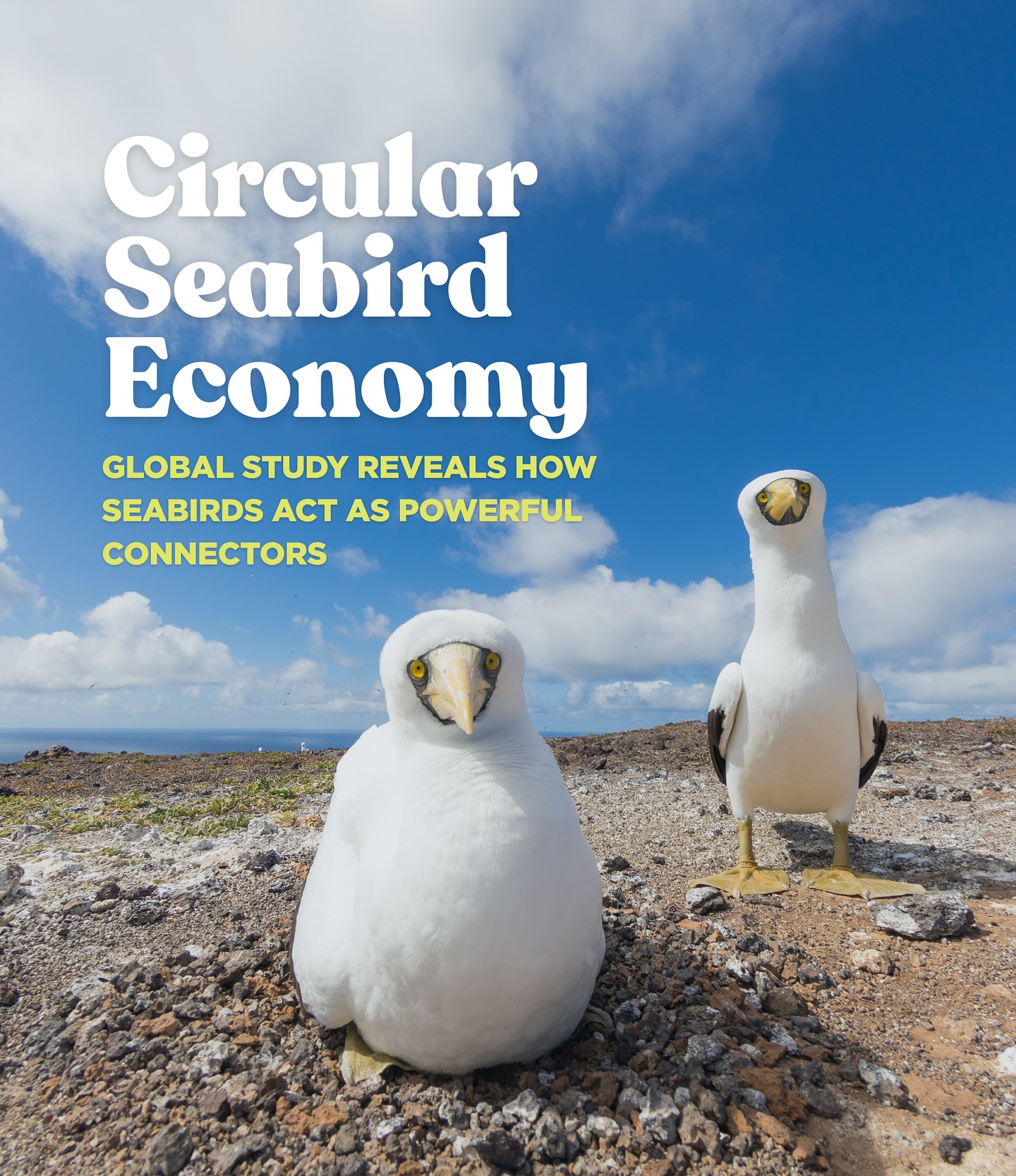 “Here’s looking at you”. Masked Boobies, photograph from
“Here’s looking at you”. Masked Boobies, photograph from 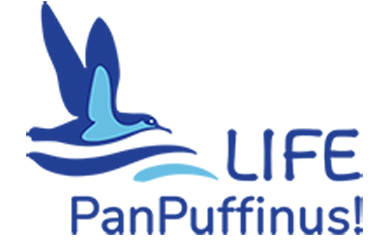
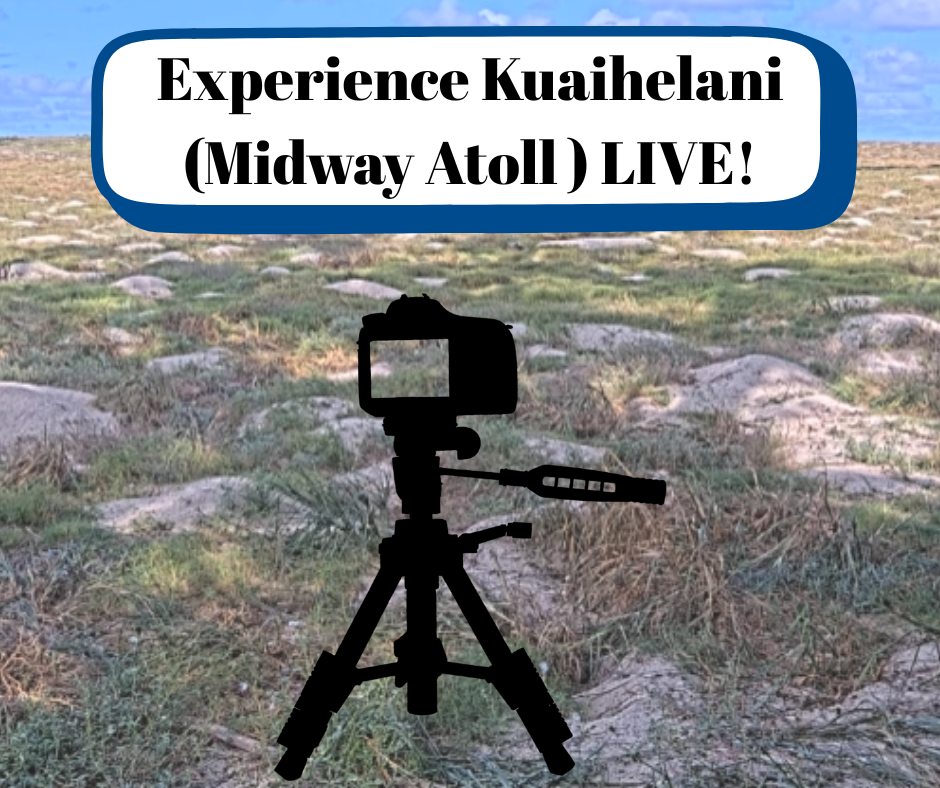
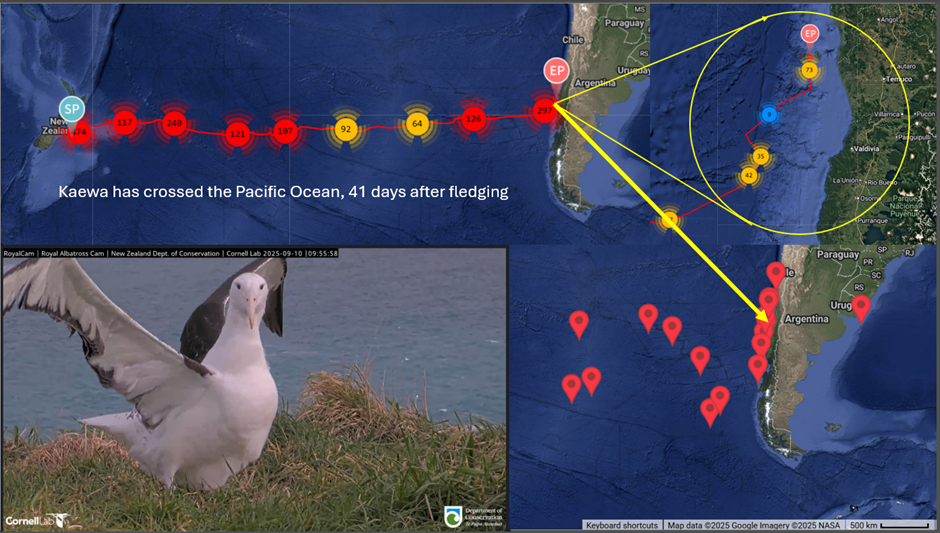
 A bird storm of Fork-tailed Storm Petrels Hydrobates furcatus strikes the R/V Tiĝlax̂ near Kasatochi Island in 2003, photograph by Jeff Williams, USFWS
A bird storm of Fork-tailed Storm Petrels Hydrobates furcatus strikes the R/V Tiĝlax̂ near Kasatochi Island in 2003, photograph by Jeff Williams, USFWS